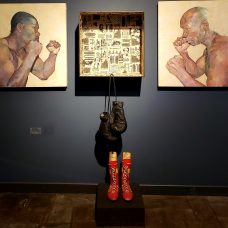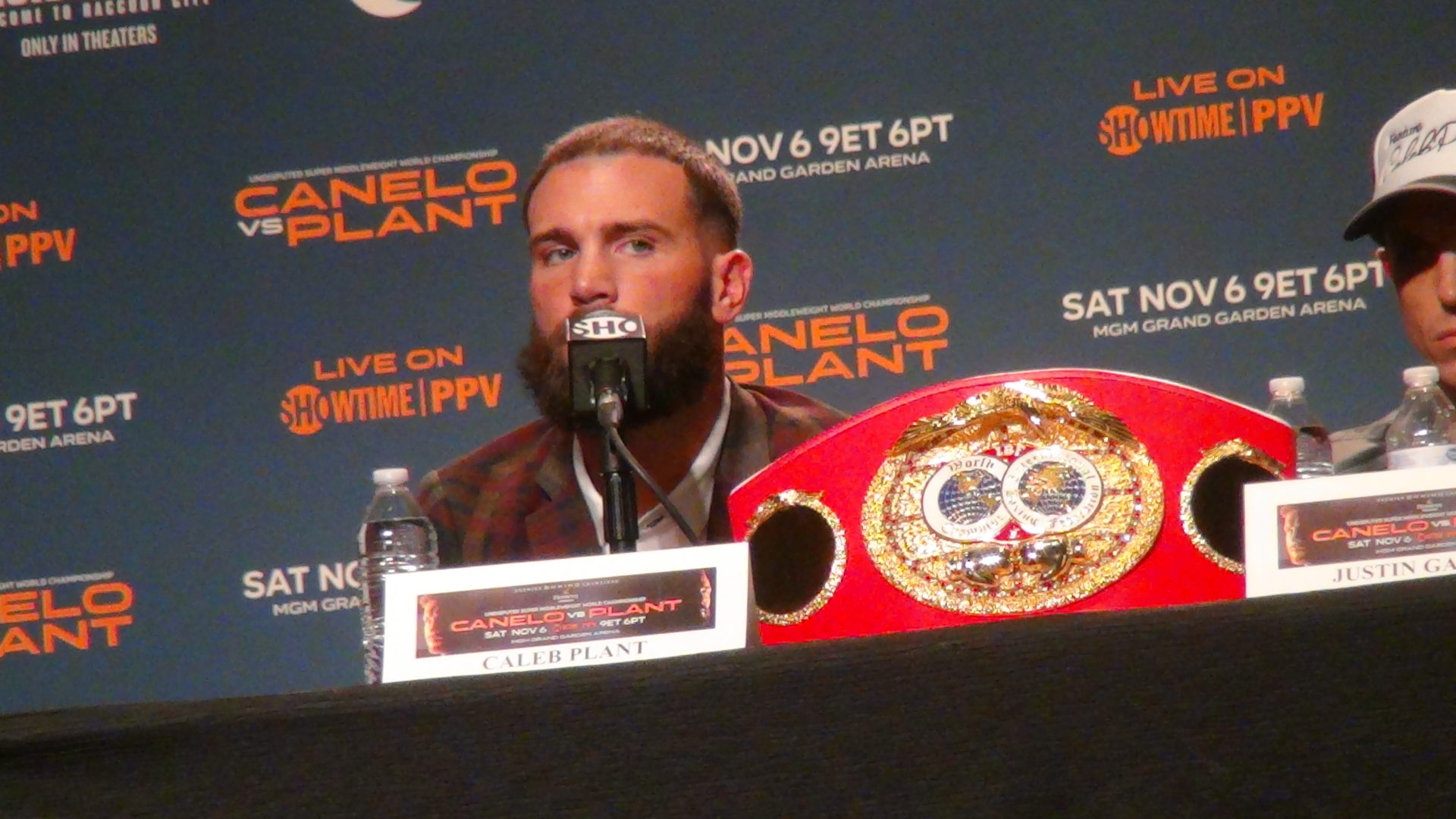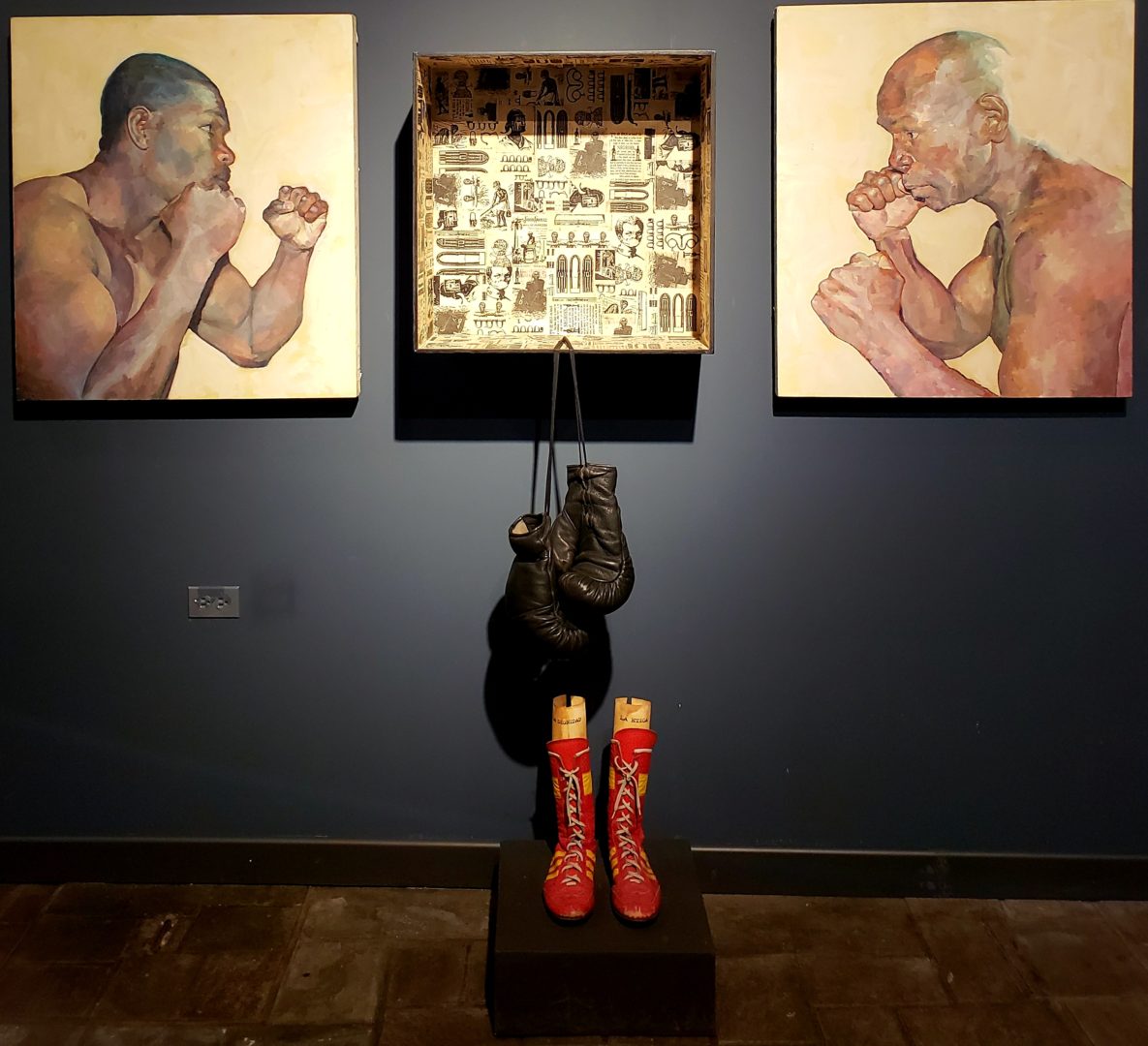By Bart Barry-

Editor’s note: For part 16, please click here.
*
QUITO, Ecuador – No telling where this’ll head as its teetotaler writer’s synapses get tickled by the nutrients of a café bombón after what 48-hour involuntary fasting now evidently succeeds any hike he conducts more than 9,000 feet above sealevel. The empty stomach and mindful, not moral, abstinence from any substance stronger than chlorophyll, whose benevolent effect can be noticeably strong at altitude, already do their work: Who knew teetotalism (probably once t-totalism) had nothing to do with tea but rather extra totaling – the same way the Spanish prefix “re” takes the writing of this column from divertido, fun, to redivertido, absurdly so?
This city is lovely gentle by any measure but especially the measure of Andean capitals. Gentler is the word that presents itself more than another here. Among its sierra siblings, somewhere betwixt Bogota’s relentless vice and Lima’s suffocating virtue, Quito balances gently and invitingly, courteously curious, not professionally so as in Colombia, not stonefacedly unso as in Peru, interrogating an American tourist the way you might question a newly arrived and friendly seeming Martian. With one outlier worth noting:
A Venezuelan taxista so distraught with his country’s freefall into monstrous disrepair – 4,000: that’s the number of daily Venezuelan refugee arrivals to Quito everyone cites – he declares, in Spanish, without a sense of hyperbole much less irony or recourse to a plan b: “Trump! Trump is our only solution!”
Gentler is this city but not gentle, as the Andes are not gentle. Nothing soft grows above 10,000 feet. The plants, though plentiful and often gorgeous, make no outstanding effort to shade you from a sun that glares very much in the transitive sense of the verb, taking an object – namely your oncepink flesh. There’s not the same sense of pending elimination one gathers from subzero temperatures so much as a flinchless indifference; you do not exist to the Andes.
Burned and fatigued after four hours and a thousandfoot ascent, wandering dispiritedly away from homebase while wondering about fractals and how the circumference of a volcanic lake, if measured by microscope, might be infinite, you lose any doubt how unimportant you are. Ambivalence is all: I got myself in this ordeal (empowered) and nothing for 3,800 km is careful enough to get me out (powerless) so I can continue (empowered) or not (powerless) but there will be no conscious witness to my plight while I’m still conscious (ambivalent).
Whysoever more ambitious souls than mine freesolo mountains, I realize I punch at hikes well above my weightclass (by recommending bodyweights well below) not because they’re there but because they can be done, primarily because others not only did them but did them so comfortably and found their doing so worthwhile as to return them with infrastructural equipment – stones in Cusco, logs in Cotacachi – to ease others’ ascents. It may not be gratitude, quite, as one oftentimes resents these handmade staircases as they finish with him, but it is at least a small homage to one’s betters.
Writing of which, the tens of hours of idle thinking that mark this trip much as its altitude, the Airbnb vistas chosen to encourage mindless gazing, arrived unexpectedly at the works and thoughts of a Quiteño painter, a British bodybuilder and an American novelist: Guayasamín, Yates and Wallace.
Capilla del Hombre (Chapel of Man), designed by Oswaldo Guayasamín though not completed before his demise in Baltimore, makes Quito every bit what an aesthete’s destination is Donald Judd’s Marfa or Antoni Gaudí’s Barcelona. A stone box the majority of whose contents are subterranean, La Capilla’s cupola depicts in part those indigenous women of the Spanish conquest who perished in South American mines. But “perished” doesn’t approach what happened.
These persons were born in the mines, bred like livestock in the mines, and discarded in the mines, without once they saw sunlight. If it’s a feat anylonger to horrify in the 21st century Guayasamín’s tribute does it; imagining a life considered so disposable as to be denied even natural light touches a place anymore invulnerable to expertly arranged statistics and expertly layered depictions of man’s cruelty.
Whatever his myriad of influences Guayasamín’s works themselves feel like a synthesis of the Mexican Siqueiros’ murals and the Briton Lucian Freud’s portraits.
Thoughts of a Brit good at layering brings us to Dorian Yates, a letter to whom in Flex magazine in 1994 marked my first “published” “work” and whose lat spread was in its time a transcendental grotesquery. What an interesting journey Yates has taken himself on since injuries ended his Mr. Olympia run 21 years ago, and thanks to whatever YouTube algorithms mixed my affinity for Ravishing Rick Rude ringwalks and comedian Norm MacDonald compilations to recommend Yates interviews that’ve filled many of my Andean-dark evenings in Ecuador.
All but one, actually. That evening got filled by an excellent Netflix offering called “The End of the Tour” – a movie about David Foster Wallace, the American writer whose novel “The Pale King” may be the joyleast posthumous work ever published. Wallace, though, as depicted by actor Jason Segel and subsequently confirmed in hours of interviews, had at least as much a capacity for joy as a capacity for postmodern irony (or whatever Wallace’d’ve preferred we call it).
Wallace’s legion of imitators, too, are perfectly if not quite intentionally portrayed by the actor Jesse Eisenberg – anxious little anglers desperate to achieve literary acclaim by footnoting every sentence, written or spoken, with fauxinquisitive annoyances like “let’s unpack that word ‘desperate’” and “what do you actually mean by ‘acclaim’?”
A last observation unrelated to anything above or anything pugilism (no kidding, bud). Spirals figure prominently in the patriotic signage of both Ecuador and Peru, the latter choosing a font like Maya script and the former choosing a versicolor underlined by “ecuador ama la vida (Ecuador loves life)”. Amen to all that!
*
Author’s note: The picture that accompanies this column features a mixedmedia piece, “Vencedor condenado a la derota por agotamiento sucesivo (Victor condemned to defeat by successive exhaustion)”, created by the Ecuadorian artist José Luis Celi and displayed in Museo Nacional de Quito. The scrolls in the boots read “LA DIGNIDAD” and “LA ETICA”.
*
Bart Barry can be reached via Twitter @bartbarry






















